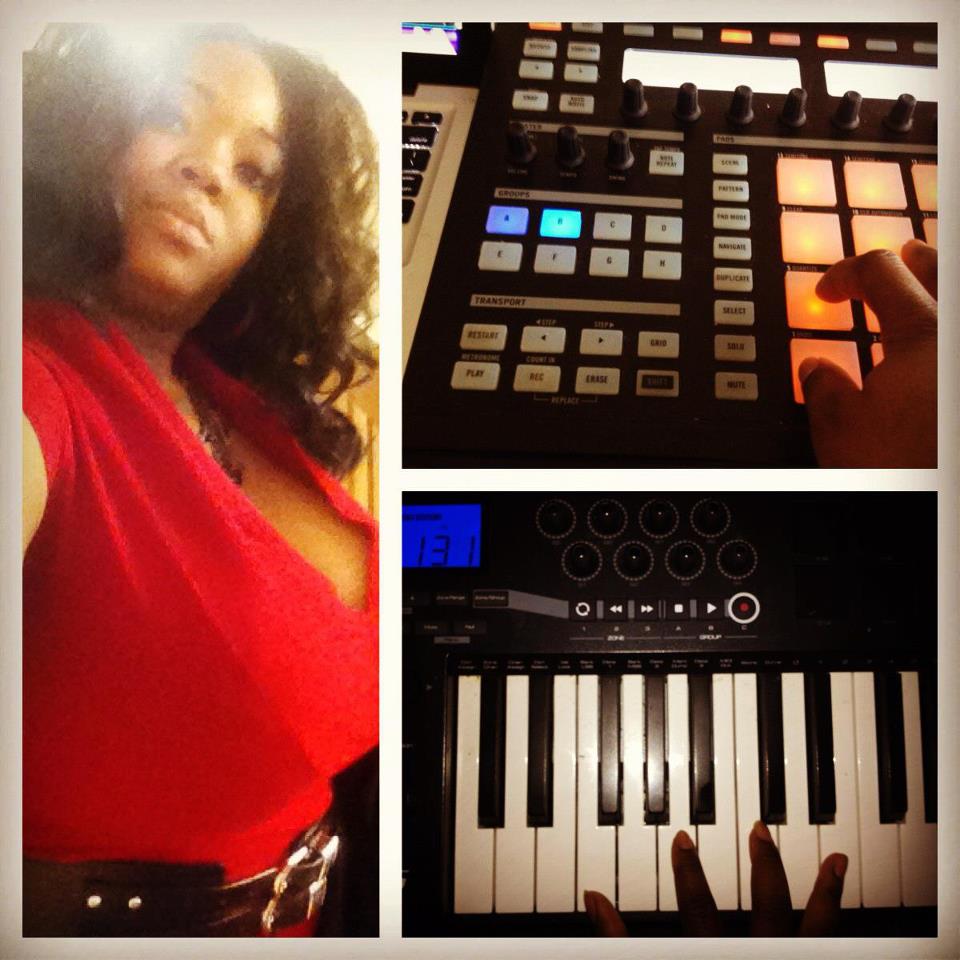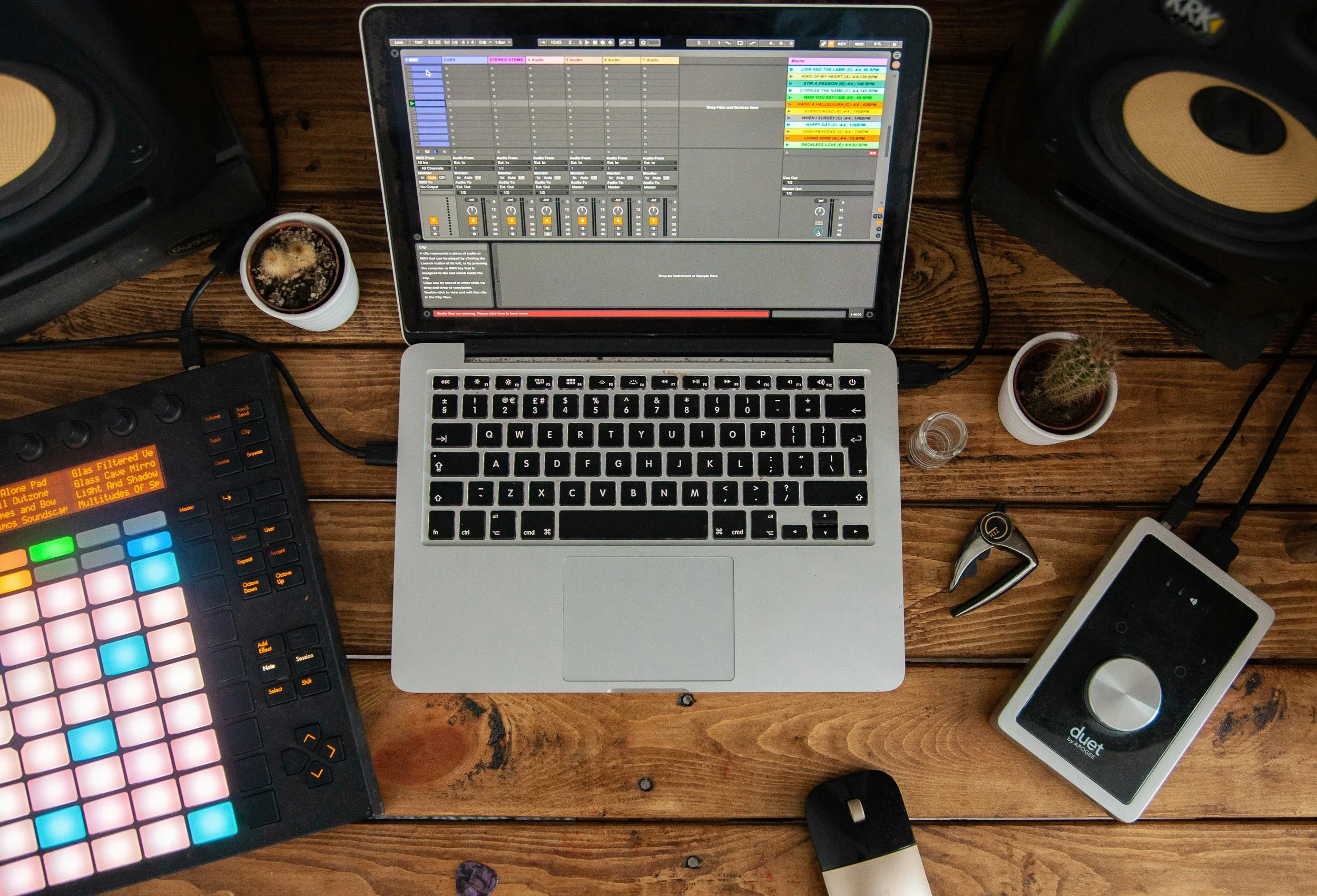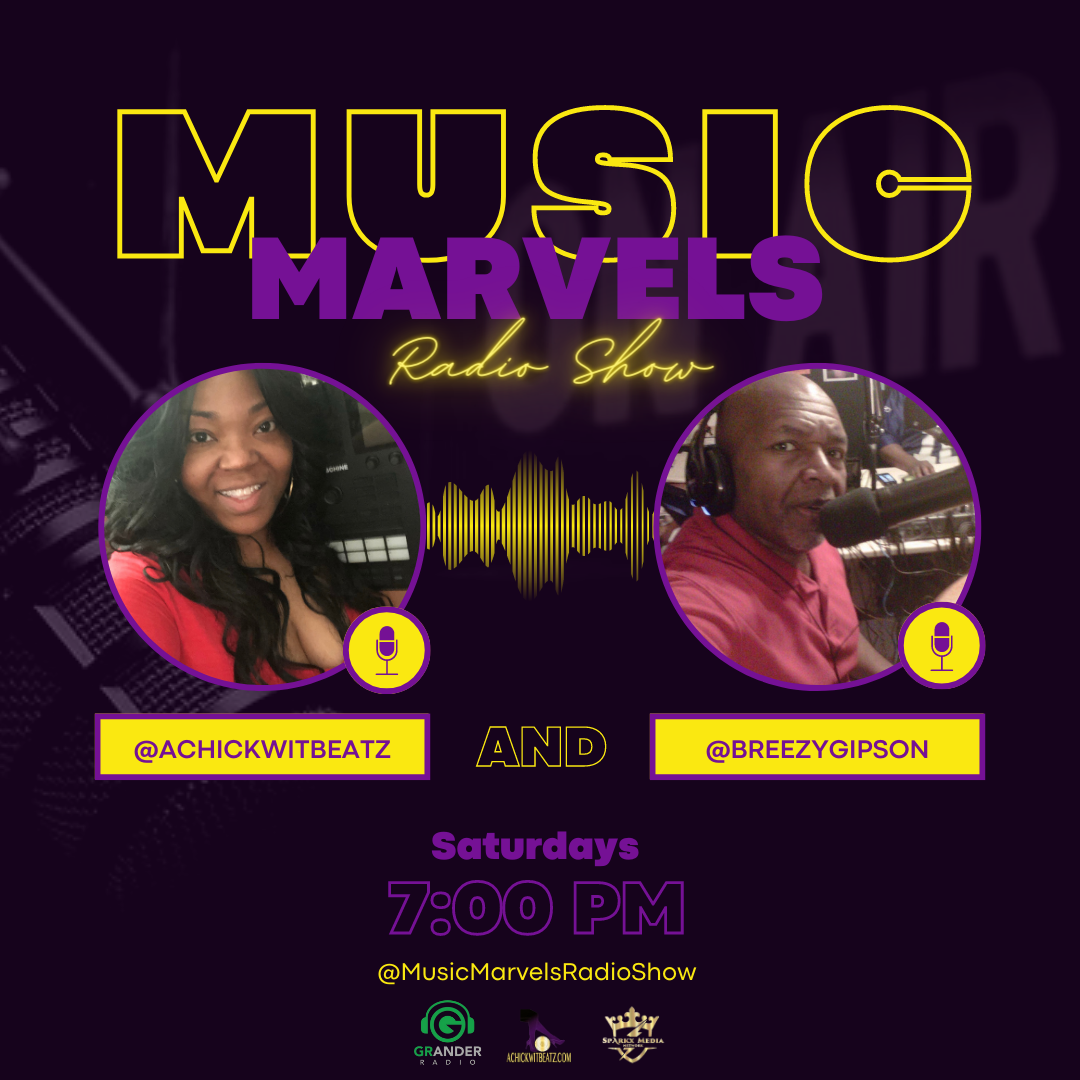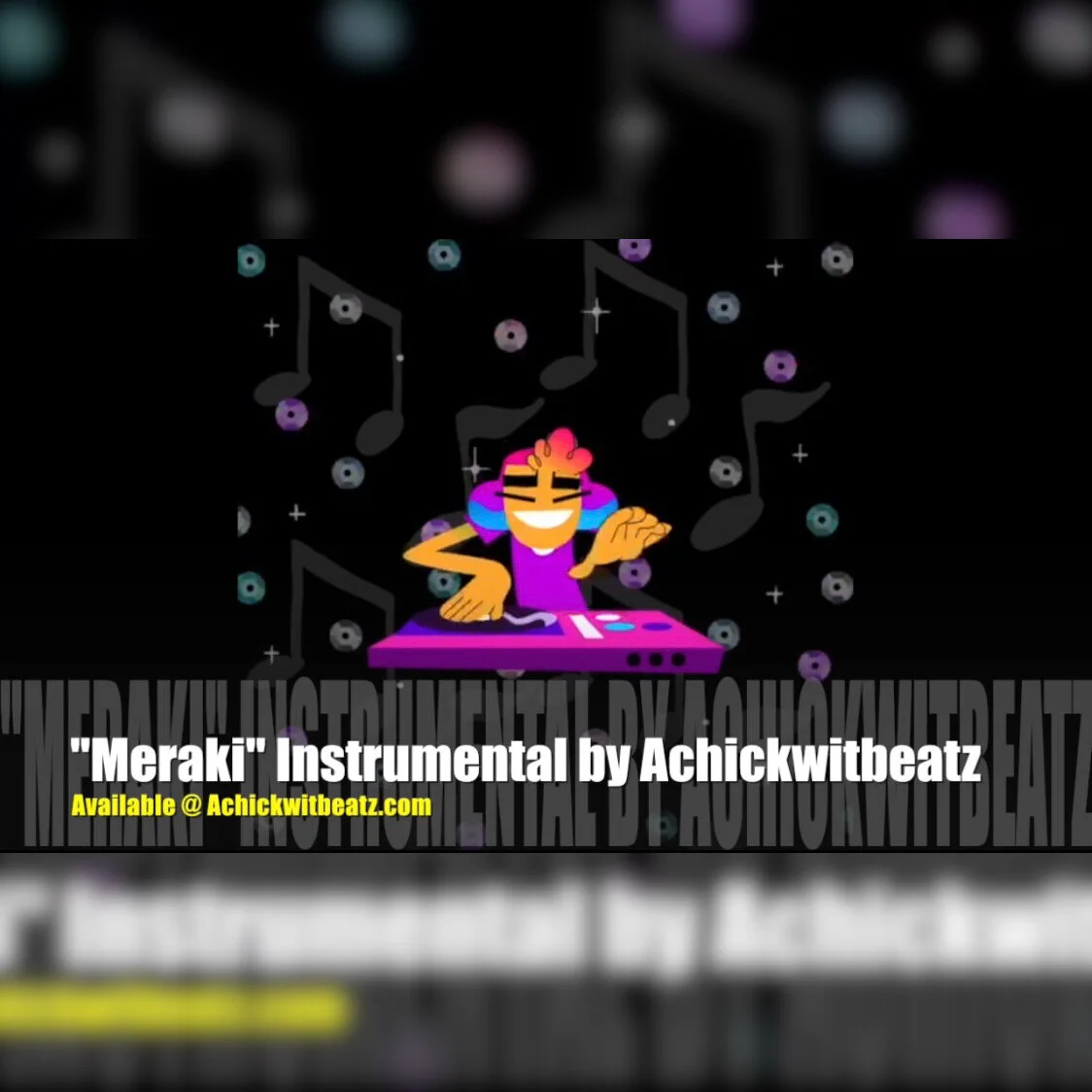Photo by Duncan Kidd on Unsplash
The digital music scene has created a paradox for independent artists. Now that there are more ways than ever to reach audiences, the number of platforms demanding “fresh content” has become overwhelming. Major labels can assign dedicated teams to manage their presence on Instagram, TikTok, YouTube, and beyond, but indie artists are expected to be content creators, marketers, and artists all at the same time. So, how do you work smarter across platforms while staying true to your artistic identity? Content repurposing. It’s a great way for creatives to continue to feed the beast even with limited time and resources. So here are some ways to do it effectively, authentically, and without diluting your message.
Why Repurposing Content Is Critical in DIY Music Marketing
Photo by Elias Lobos on Unsplash
Content creation takes time, and the return on that time investment isn’t always immediate, especially on platforms with fluctuating algorithms that continuously move the goal-post as soon as you feel like you have it all figured out. Repurposing lets you extend the lifespan of your ideas while staying visible across different corners of the internet where current and potential fans may find you.
After observing various workflows from other independent musicians, conversations with artist marketers, and my own documentation of content strategies, here are patterns and strategies that can help artists efficiently repurpose their music and content.
The Core Asset Model: Centralize Before You Distribute
One method that pops up frequently is starting with a core piece of content, something substantial enough to break down into smaller, platform-specific elements.
Examples of core content pieces include:
A vlog or recording session recap
A performance video (live or in-studio)
A Q&A or behind-the-scenes conversation
A lyric explanation or songwriting walkthrough
A long-form social caption or reflective post
Instead of aiming to create completely new assets for each platform, artists can use this single content source to fuel several outputs. The focus isn’t on duplicating, but instead, on adapting.
Platform-Specific Adaptation: Same Message, New Language
Photo by Berke Citak on Unsplash
It’s important to recognize that each platform has a distinct culture. Repurposing content doesn’t mean pushing the exact same thing everywhere. Instead, your core idea needs to be translated so that it resonates with what each platform’s users expect:
Instagram Reels/Stories: Short visual bursts or quote overlays; highly visual and quick
TikTok: Personality-driven snippets, creative edits, or trend-aligned formats
YouTube Shorts: Similar to Reels, but with more room for narrative pacing
Email Newsletters: Deeper storytelling, added context, and exclusive framing
Facebook: Community-based updates or broader content versions for a more general audience
Blogs or website posts: Expansions of video content into SEO-friendly written form
This is not a one-size-fits-all formula; it requires sensitivity to tone, format, and even the timing norms of each space. Artists succeeding here typically make small but meaningful modifications to the caption, length, sound usage, and calls-to-action.
Planning for Repurposing From the Start
A recurring insight across various content marketing strategies (inside and outside of music) is that repurposing works best when planned up front. When the original content is captured or created with multiple outputs in mind, it’s a lot easier to break it down later.
What this actually looks like in practice:
Filming content in both vertical and horizontal formats when possible
Using structured interviews or segment-based video to isolate usable parts
Capturing stills, behind-the-scenes clips, or b-roll footage alongside the main asset
Logging timestamps or transcriptions to identify quotable or reusable moments
This approach reduces friction later when it’s time to publish on multiple platforms, something some creatives say is a bottleneck when content isn’t planned for multipurpose use.
Systems and Tools That Enable Repurposing
Photo by Mika Baumeister on Unsplash
No tool replaces strategy, but there are several low-cost and free tools that frequently appear in research on indie music marketing and creator workflows:
Descript and CapCut: For quick video editing, trimming, and captioning
Canva: For quote graphics or repackaging lyrics into shareable visuals
Notion, Trello, or even simple spreadsheets: To track ideas, versions, and publish dates
Google Drive or Dropbox: Organized by project, date, or format to keep reusable assets accessible
Using these tools within a structured system, like a content calendar or publishing workflow, can cut down on time wasted trying to locate files or remember what’s already been posted.
Limitations and Considerations
Photo by Jahanzeb Ahsan on Unsplash
Repurposing isn’t universally effective, and it doesn’t eliminate the need for fresh content. Some content simply won’t land the same way in every context. There are also audience tolerance limits to how often repurposed material can appear before it starts to feel repetitive.
Here are a few cautions to be aware of:
Over-recycling without adaptation can alienate followers
Not all content performs equally well across all platforms
Audience behavior often differs more by platform than by topic
There’s a learning curve in figuring out what’s really worth repurposing
Repurposing works best when it’s guided by performance insights and an understanding of what format each idea is best suited for, not just as a checklist to “cover all platforms.”
Strategic Repurposing as a Sustainability Tool
Content repurposing is more than a marketing tactic; it’s a sustainability move for artists trying to stay consistent without burning out. It’s about working smarter with what’s already been created, translating ideas to meet your listeners where they are, and building longevity from your stories, music, and message.
This is still an evolving area of my research. I’m continuing to explore how artists can build systems that balance creativity with consistency, and how repurposing can fit naturally into that equation, rather than becoming another pressure point.
If you’re also trying to make sense of content strategy as an independent artist, I’d love to hear what’s working for you or what you’re still figuring out.
- Art
- Independent Labels
- Internet Radio
- Music Documentaries
- Album Reviews
- Music History
- Music Industry News
- Free Game Friday
- Free Downloads
- Poetry
- Books
- Interviews
- Did You See It?!
- Hip Hop History
- Hear Here
- Music News
- Hip Hop Documentaries
- Music Marvels Radio Show
- Think Piece Thursday
- Mini Documentaries
- Instrumental Intel
- Music Humor
- Indie Analysis
- Conversations & Quotables
- Music
- Resources for Artists
- Podcasts
- Beats/Instrumentals
- Music Education




























![Hear Here: Achickwitbeatz - Dopamine & Serotonin [Single]](https://images.squarespace-cdn.com/content/v1/52b0b90ae4b0293bfed0d692/1710852808557-EZYGFDIBHLBSIRFOVS1Q/Dopamine+%26+Serotonin.JPG)






